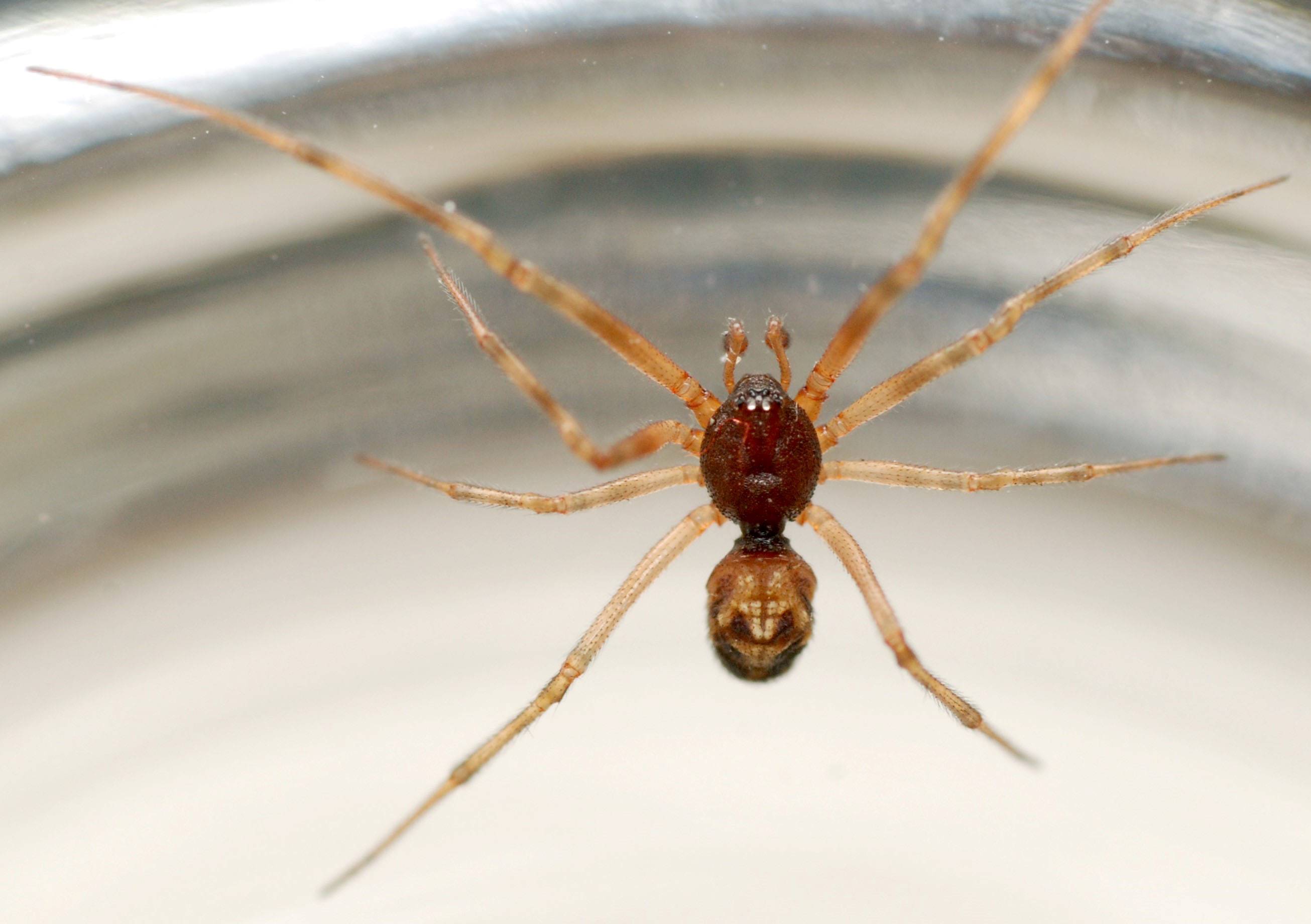
The Triangulate Cobweb Spider, scientifically known as Steatoda triangulosa, is a fascinating arachnid with a unique set of attributes. Found in various parts of the world, including North America, Europe, and Asia, this spider is known for its striking triangular-shaped abdomen and intricate cobweb-like structures.
In this article, we will explore eight mind-blowing facts about the Triangulate Cobweb Spider. From its venomous nature to its remarkable hunting techniques, there is much to discover about this intriguing creature. So, get ready to be amazed by these incredible facts that shed light on the remarkable adaptations and behaviors of the Triangulate Cobweb Spider.
Key Takeaways:
- The Triangulate Cobweb Spider is a skilled architect, building intricate triangular webs to catch prey and create a home. It’s found all over the world and helps control insect populations, making it an important part of the ecosystem.
- With venomous fangs and a solitary lifestyle, the Triangulate Cobweb Spider is a fascinating arachnid. It plays a crucial role in maintaining ecological balance by preying on pests and contributing to the overall health of its habitat.
The Triangulate Cobweb Spider is a master architect.
This remarkable spider is known for its exceptional web-building skills. It constructs intricate triangular webs that serve as both a trap for prey and a place for the spider to reside.
They are found in various parts of the world.
The Triangulate Cobweb Spider can be found in different regions across the globe, including North America, Europe, Asia, and Africa. Its adaptability to various environments has contributed to its wide distribution.
Females are larger than males.
Like many spider species, the female Triangulate Cobweb Spider tends to be larger than its male counterpart. This size difference can be observed in both body length and leg span.
They have a unique hunting technique.
Unlike other spiders that actively search for prey, the Triangulate Cobweb Spider relies on its well-crafted web to capture unsuspecting insects. Once caught, the spider immobilizes its prey with silk and proceeds to feed on it.
The Triangulate Cobweb Spider possesses venomous fangs.
Equipped with venomous fangs, this spider is capable of subduing its prey more effectively. However, its venom is not harmful to humans and is primarily used for self-defense and capturing food.
They undergo molting to grow.
Similar to other arachnids, the Triangulate Cobweb Spider undergoes molting as part of its growth process. It sheds its exoskeleton to allow for further development and increase in size.
These spiders are typically solitary creatures.
The Triangulate Cobweb Spider is not known for its social behavior. It usually prefers to live and hunt alone, only engaging with other spiders during the mating season.
They play a vital role in controlling insect populations.
As natural predators, the Triangulate Cobweb Spider contributes to the balance of ecosystems by preying on various insects. They help control populations of pests and maintain the overall health of their habitats.
In conclusion, the Triangulate Cobweb Spider is an intriguing arachnid with fascinating characteristics. Its exceptional web-building abilities, venomous fangs, and solitary nature make it a unique species worth studying. With its important role in maintaining ecological balance and controlling insect populations, this spider plays a crucial part in the natural world.
Conclusion
In conclusion, the Triangulate Cobweb Spider is a fascinating creature with unique characteristics and abilities. From its intricate triangular web to its venomous bite, this spider has captured the attention of researchers and nature enthusiasts alike. Its ability to adapt to various habitats and its predatory prowess are truly mind-blowing.The Triangulate Cobweb Spider serves as a reminder of the complexity and diversity of the animal kingdom. As we continue to explore and learn more about these incredible creatures, we gain a deeper appreciation for the natural world and the wonders it holds.
FAQs
1. How does the Triangulate Cobweb Spider create its triangular web?
The Triangulate Cobweb Spider produces silk from its spinnerets, weaving it to form a triangular web. This unique shape allows the spider to capture prey effectively.
2. Is the Triangulate Cobweb Spider venomous?
Yes, the Triangulate Cobweb Spider is venomous. It injects venom into its prey, paralyzing them and aiding in digestion.
3. Where can the Triangulate Cobweb Spider be found?
The Triangulate Cobweb Spider is commonly found in North America, particularly in the eastern and southwestern regions. It prefers wooded areas and can occasionally be found near human settlements.
4. What does the Triangulate Cobweb Spider eat?
This spider primarily feeds on small insects and other arthropods that get caught in its web. Its venom helps break down the prey for easier consumption.
5. How does the Triangulate Cobweb Spider reproduce?
The Triangulate Cobweb Spider goes through a mating process where the male spins a small web and transfers his sperm onto it. The female collects the sperm and fertilizes her eggs inside a sac. She then guards and protects the sac until the spiderlings hatch.
6. Are Triangulate Cobweb Spiders harmful to humans?
No, Triangulate Cobweb Spiders are not considered dangerous to humans. While they may bite if provoked or threatened, their venom is mild and typically harmless to humans.
7. Do Triangulate Cobweb Spiders have any predators?
Yes, Triangulate Cobweb Spiders have a few natural predators, including birds, lizards, and larger spiders. They have developed various defense mechanisms to avoid becoming prey.
8. Can Triangulate Cobweb Spiders be kept as pets?
While some people may keep Triangulate Cobweb Spiders as pets, it is important to remember that they are wild animals and require specific care. It is best to research and seek guidance from experts before considering keeping them as pets.
The Triangulate Cobweb Spider's fascinating life has captivated your interest, but there's more to explore in the world of arachnids. Uncover additional mind-blowing facts about the Triangular Spider, a close relative with its own unique characteristics and behaviors. Delve into the lives of these remarkable creatures and gain a deeper appreciation for their role in our ecosystems. Continue your journey of discovery and learn even more about the incredible adaptations and survival strategies employed by spiders across the globe.
Was this page helpful?
Our commitment to delivering trustworthy and engaging content is at the heart of what we do. Each fact on our site is contributed by real users like you, bringing a wealth of diverse insights and information. To ensure the highest standards of accuracy and reliability, our dedicated editors meticulously review each submission. This process guarantees that the facts we share are not only fascinating but also credible. Trust in our commitment to quality and authenticity as you explore and learn with us.


